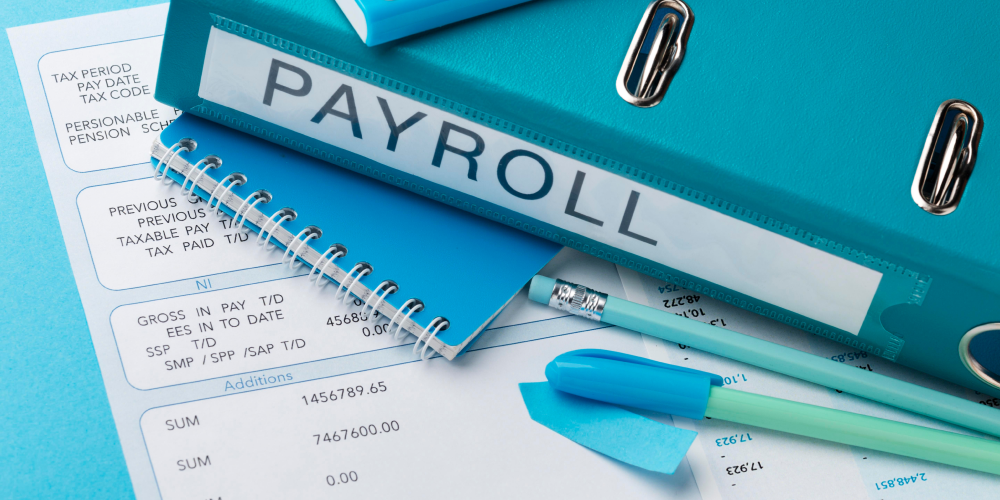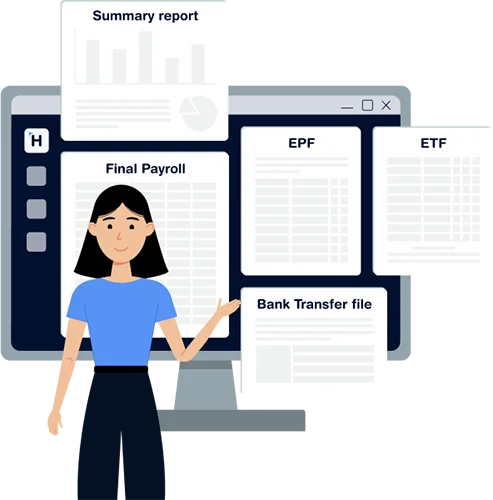As SMEs grow, employee expenses can quietly spiral out of control. A few extra travel reimbursements here, a couple of meal claims there, and suddenly the business is left questioning where the cash has gone.
Without a proper system in place to manage expense limits and categories, it becomes hard to track spending, enforce policies, or even understand which areas are draining your finances. And this is the case with most SMEs in Sri Lanka, where expenses are managed manually still.
That’s where a structured approach to expense management can make a real difference. By using clearly defined categories and setting limits, small businesses can bring transparency, predictability, and control to their day-to-day spending.
Why Expense Categories Matter
Think of expense categories as buckets that help you organize where your money is going. Whether it’s travel, office supplies, meals, fuel, or training, having these categories in place makes it easier to:
- Monitor which areas are costing the most
- Understand spending trends across teams or departments
- Make informed decisions when budgeting for future months
For example, if you notice that travel expenses consistently exceed expectations, you can review whether trips are necessary or if certain types of travel need tighter controls.
Without categories, expenses often appear as a messy list with no context. That makes it difficult for business owners or finance teams to act on the data or identify unusual activity.
Setting Expense Limits: Why It’s Essential
Limits work like safety rails. They prevent employees from overspending and ensure that everyone follows a fair, company-wide policy. When SMEs introduce clear limits for each category, it helps in several key ways:
- Promotes fairness: Everyone is subject to the same rules
- Improves forecasting: You can better predict monthly reimbursements
- Reduces misuse: Fewer disputes and misunderstandings over what’s allowed
- Supports employee awareness: Staff know what they can claim and what is out of bounds
For example, setting a limit of LKR 1,500 for daily meal claims ensures consistency across departments and prevents excessive reimbursements.
Built-In Controls Through HRIS Software
Using HR software that includes expense management makes it easy to apply both limits and categories consistently. With the right setup, you can:
- Predefine allowed categories such as Travel, Meals, or Utilities
- Set maximum claim values for each category
- Automatically block or flag claims that exceed limits
- Generate reports to track usage by category or employee
This structure helps SMEs eliminate manual checks and guesswork. Instead of chasing down receipts and comparing claims with outdated policies, everything is handled within a few clicks.
Improving Cash Flow and Budget Discipline
One of the hidden benefits of setting limits and categories is the impact on cash flow. When your business knows what to expect each month in terms of reimbursements, it becomes easier to manage available funds. You can also set department-level budgets more confidently and avoid last-minute surprises that throw off your financial planning.
Small businesses often work with tight margins, and every unexpected expense can create a ripple effect. Structured expense management brings a sense of control and stability that helps you plan ahead with confidence.
A Step Toward Financial Maturity
Introducing expense limits and categories may seem like a small step, but it’s one that signals a shift in mindset. It tells your team that the company values accountability, structure, and financial awareness. Employees learn to be more mindful when submitting claims, and finance teams gain the tools they need to make better decisions.
And with modern HRIS platforms offering built-in expense tracking, you don’t have to be a finance expert to implement this change. It’s a simple upgrade that supports the long-term financial health of your business.



